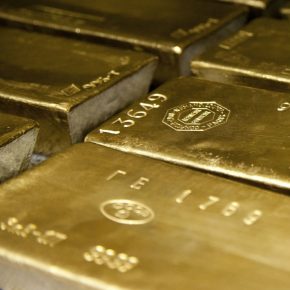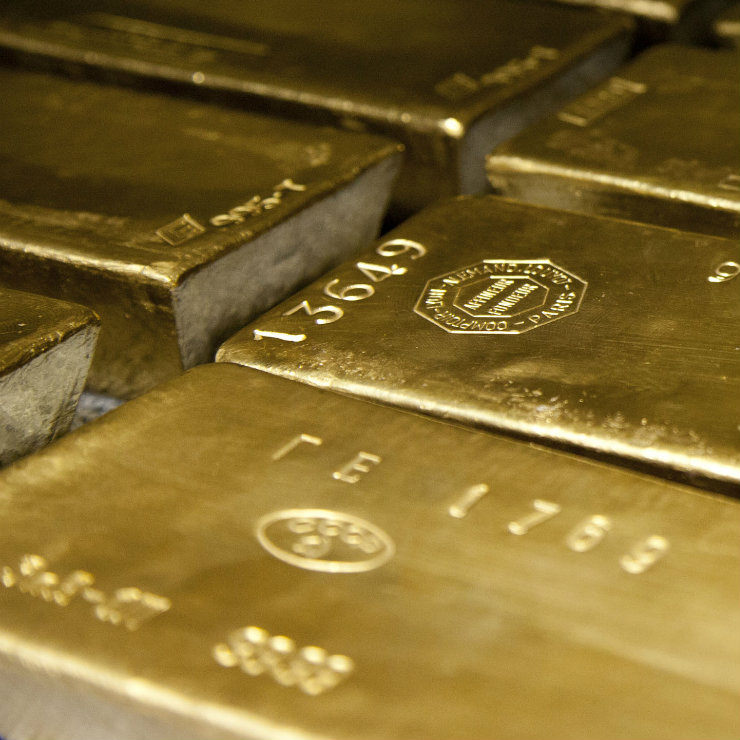Tydzień w gospodarce
Category: Raporty

(Andrzej Barabasz (Chepry), CC BY-SA 4.0)
“Why gold? Every story about the conflict with Iran disrupts the oil market, whatever happens with Iran, you don’t know what the price of oil would be, every story about operating systems, conflict over Huawei, continuing conflicts over artificial intelligence, robotics industry. It all leads to the severest conflicts possible,” Mr. Vučić said quoted by Tanjug agency.
The intention is to increase current reserves of 20 tons to 30 by the end of this year, and then to 50 tons in the years to follow.
Mr. Vučić pointed out that he consulted leading world experts about this decision, as well as that many countries share a tendency toward gold reserve increase, including the biggest ones, like China and Russia.
Judging by the data gathered by the World Gold Council, central banks around the world have increased their purchases of gold by 68 per cent in the Q1, compared to the same period last year. China and Russia stand out among the largest buyers of gold — in the last decade China and Russia have increased their gold reserves by three and five times, respectively. Today, China has reserves of 1,800 tons, while Russia has more than 2,000 tons.
Srđan Vlaški, an analyst at a Belgrade company, StepStone Global, notes that the purposefulness of this decision can only become evident with the future trends in the global market which will determine the price of gold. It is almost impossible to predict more precisely in which direction the trends will go, though.
The total leap of share of gold in foreign reserves of Serbia will go from about 6 per cent to about 10 per cent if the gold reserves increase from 20.8 tons to 30 tons, which, in the opinion of economists, is not a strong speculative shock.
Some experts warn that it would have been more purposeful to increase gold reserves several years ago, when the price of gold per ounce was USD1,046 on the world market, while the current price is over USD1,330.
The former governor of the National Bank of Serbia, Dejan Šoškić is not inclined to give decisive predictions regarding the economic profitability of this move. According to him, the problem with gold as a store of value is that it does not generate an income, unlike currencies and securities. As a matter of fact, keeping gold reserves brings extra expenses.
“Gold does not generate any income, it costs you money to keep it, and selling it or converting it to money requires stock exchange transaction. Just like any other commodity, gold can rise, but also drop in value. That value is expressed in dollars, so for a country that runs most of its transactions in euros, there is the exchange rate risk,” stated Mr. Šoškić.
For the time being, it has not been announced where the National Bank of Serbia (NBS) is planning to buy the extra amount of gold. Traditionally, the NBS buys gold in the Bor mine in the eastern Serbia. According to Mr. Šoškić, this tradition is positive, and it should be continued in the future. However, given that the internal trade is carried out in the RSD, buying a large amount of gold could mean issuing additional banknotes, which, in turn, will also increase inflationary pressure. Nonetheless, in any case, the mines in Bor cannot produce the total above-mentioned amount of gold, since the production there is estimated at around a ton per year.
Milica Milojević is an economist and analyst, a part-time economic journalist with corporate, banking, and consulting experience. She has written papers on monetary and political economics, and economic history of Serbia and the Balkans.


